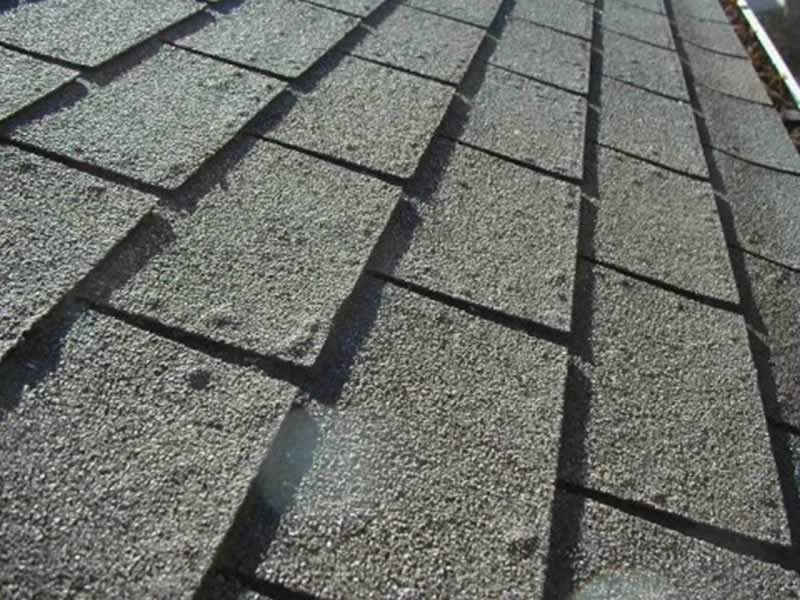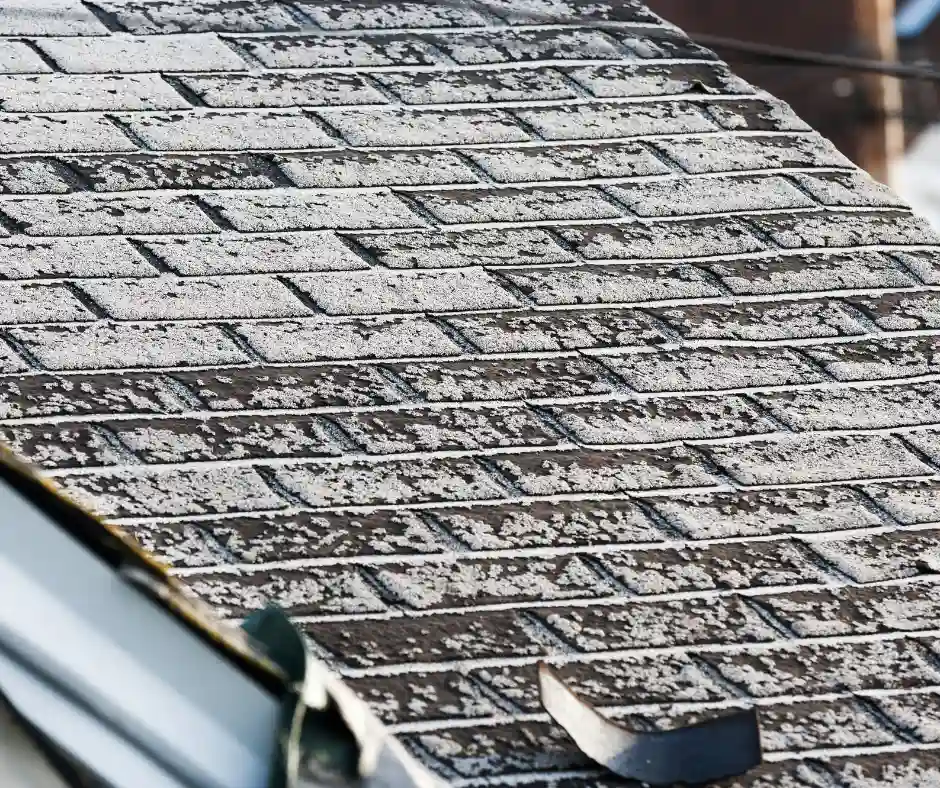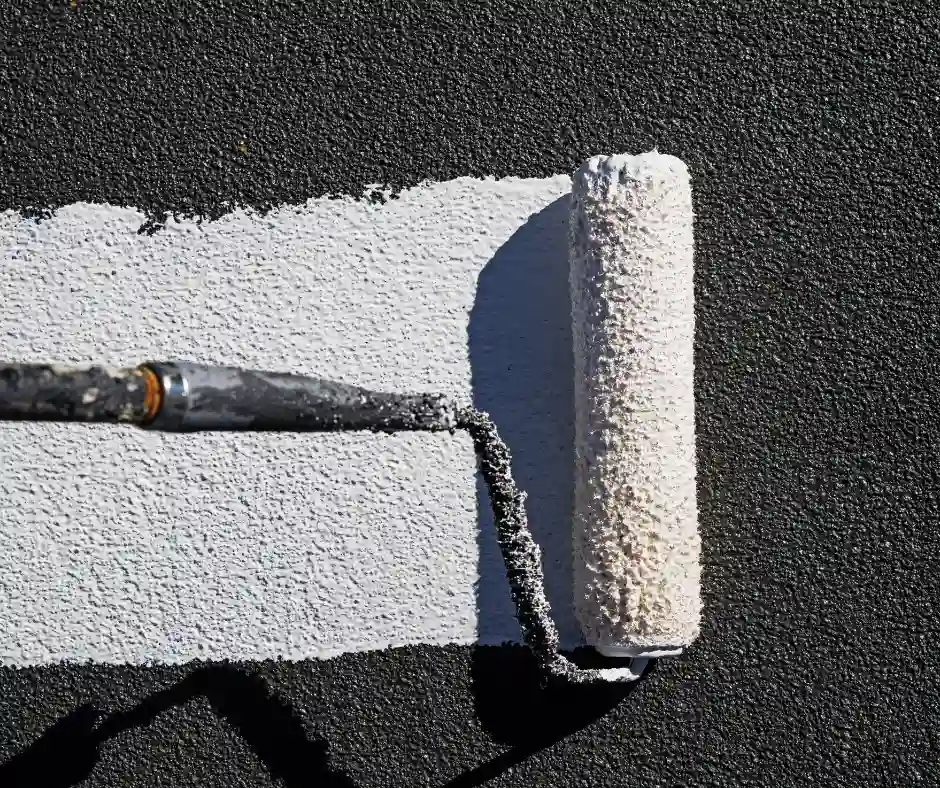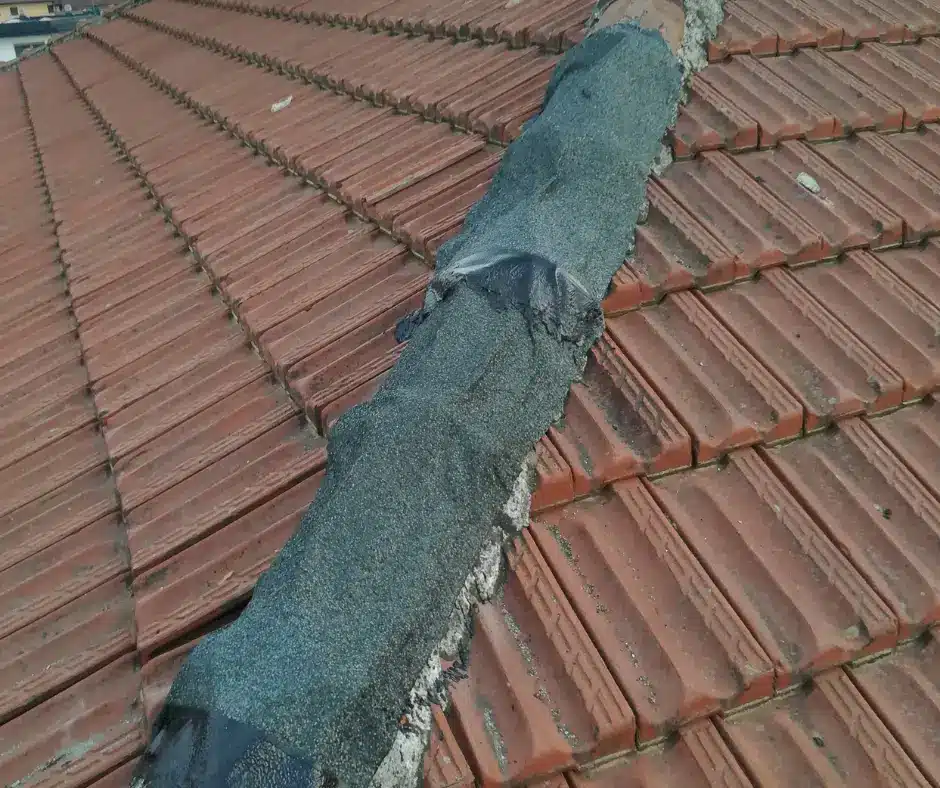What Are Roof Blisters, And Do They Mean I Need A New Roof?

You wake up to the pitter-patter of rain on the roof. As you walk upstairs you notice tiny bubbles forming under the paint in the ceiling. Uh oh, are those roof blisters?
You start to panic thinking about the cost to replace the whole roof. But before you call the roofer, take a deep breath.
Roof blisters don’t always mean you need a completely new roof. Learn more about what causes those troubling bubbles, when it’s time to repair or replace your roof, and how to prevent blisters in the first place.
Recent studies show that most roof blisters are harmless and require some patching. Stay calm and read on to get the facts about roof blisters from a Winnipeg perspective.
What Are Roof Blisters?
Caused By Trapped Moisture
Roof blisters, also known as roof bubbles, are bulges that form under roof shingles or roof membranes. They’re caused by moisture getting trapped underneath the roof surface. As the water expands when it freezes, it causes the roofing material to rise and form blisters.
A Sign of Roof Damage
Unfortunately, roof blisters often mean there’s damage to your roof that needs to be addressed. The trapped moisture can deteriorate the roofing material and any wood or insulation underneath.
Unrepaired blisters frequently lead to roof leaks, and the longer they’re left unattended, the more severe the damage becomes.
DIY Temporary Fixes Aren’t Enough
Some homeowners try temporarily repairing roof blisters by draining the fluid and patching the hole. However, this does not fix the underlying issue, and blisters will likely reappear or new ones will form.
The only way to properly repair roof blisters is by having a professional roofing contractor evaluate the damage, cut out and replace the blistered areas, and fix or replace any damaged roofing or insulation underneath. They can also help determine the source of the moisture to prevent future blisters.
Prevention Is Key
The best way to avoid roof blisters is through preventative maintenance and by limiting excess moisture.
Have your roof inspected regularly, clear rain gutters and downspouts to allow water to drain, and consider installing additional insulation for better temperature regulation under the roof. For residents of Winnipeg, proper attic ventilation and insulation are especially important given the extreme weather conditions.
An ounce of prevention can save you from needing costly roof repairs down the road.

Causes of Roof Blisters and Blistering on Shingles
If you’ve noticed strange bumps or bubbles forming on your roof, you may have roof blisters. Don’t panic – these blisters themselves are usually harmless. However, they can be a sign that there are issues with your roof that need addressing to prevent further damage.
The most common cause of roof blisters is moisture trapped under the shingles. This often happens when there are leaks or cracks in the roof, allowing water to seep in.
The water then gets trapped between the shingles and the roof deck, causing the blisters to form. Extreme temperature changes can also lead to blistering roof shingles by causing the shingles to expand and contract at different rates.
How to Fix Roof Blisters
The solution depends on the cause of the blisters. If there are any leaks or cracks, get them repaired to eliminate the source of moisture. You may need to replace damaged or missing shingles.
For blisters caused by temperature changes, you can try using roof cement or roof sealant to adhere the shingles back to the roof deck.
However, if there are many blisters or they keep coming back, it may indicate it’s time for a roof replacement.
Preventing Future Blisters
To help prevent roof blisters in the future, have your roof inspected regularly and get any necessary repairs done promptly. Ensure attic ventilation is adequate, as poor ventilation can lead to excess moisture buildup.
You should also avoid dramatic temperature changes in the attic when possible. Following these tips, along with properly installing high-quality shingles, will help keep your roof blister-free for years to come.
Solutions for Repairing Blistered Roof Shingles
Patch the damaged areas.
If you only have a few blisters or small damaged spots on your roof, patching them may be an option. You can purchase roof cement or roof sealant and apply it directly over the damaged shingles according to the product directions.
Press down firmly so it adheres well. Patching is a temporary solution but can extend the life of your roof for a short time.
Replace damaged shingles.
For more widespread damage, replacing the affected shingles may be needed. This involves removing the damaged shingles and installing new ones to match your existing roof.
Shingle replacement should be done by a professional to ensure it’s done properly according to your roof type and building codes. Proper installation is key to preventing leaks and ensuring maximum protection.
Re-seal exposed nail heads.
If your blisters are caused by exposed nail heads allowing water to penetrate the roof, re-sealing the nail heads can fix the problem. Ask a contractor to inspect your roof and apply roof cement or sealant over any exposed nail heads, especially in areas where damage is present.
This may prevent further water issues if caught early enough.
Apply a roof coating.
For persistent blistering in asphalt shingles or damage, a roof coating product can be applied to your entire roof to seal it and provide an extra protective barrier. Elastomeric roof coatings stretch and flex with your roof and can seal cracks, exposed nail heads, and damaged areas.
A coating may extend the life of your roof for several years. However, if your roof is already quite old, replacement may still be needed to ensure maximum protection.
By taking action as soon as damage appears on your roof, you can help prevent minor issues from becoming major costly repairs. Catching problems early and making necessary fixes or patches right away is the best way to keep your roof in the best shape possible.
If damage becomes too extensive, it’s best to consider full replacement to protect your home. But in many cases, small fixes and preventative steps can go a long way.

Preventing Roof Blisters in The Future
Once your roof blisters have been repaired or your roof has been replaced, it’s important to take steps to prevent blisters from forming again in the future.
According to a study by the Asphalt Roofing Manufacturers Association, the main causes of roof blisters are moisture and inadequate ventilation.
To prevent moisture buildup, ensure your attic is properly ventilated. Have a professional evaluate your attic ventilation and install additional vents if needed.
Attic fans can also help improve airflow and remove excess heat and moisture. Also, be sure to inspect and repair or replace any damaged shingles to prevent leaks.
In Winnipeg’s climate, ice dams are common and can lead to roof blisters. Install heating cables along the edge of the roof to prevent ice dams from forming.
Be sure to turn the cables on in early winter to prevent snow and ice buildup. You should also increase insulation in the attic, especially near the edge of the roof. This will help prevent heat loss and moisture buildup in those areas.
To avoid future blisters, choose a high-quality, durable roofing material designed for Winnipeg’s weather. Fiberglass or asphalt shingles with a minimum 25-year warranty are good options. Metal roofs are also extremely durable and long-lasting.
When getting estimates for a new roof, ask the contractor about the warranty and lifecycle of different materials to determine which is the most cost-effective, long-term choice for your home.
With the proper ventilation, insulation, and high-quality roofing materials, roof blisters should not recur. However, it’s still a good idea to inspect your roof at least once a year, especially after severe weather.
Look for any damaged, loose, or missing shingles and have them repaired right away by a professional to avoid moisture issues and maintain your roof’s integrity.
By taking preventative action, you can stop roof blisters in their tracks and gain peace of mind that your roof will provide maximum protection for years to come.
Roof Blisters FAQ: Do They Mean I Need a New Roof?
What causes roof blisters?
Roof blisters, or trapped air or water pockets beneath the roof shingles, are usually caused by moisture damage or poor attic ventilation. The blisters appear as raised, bubble-like areas on the surface of the roof. According to studies, the most common causes of roof blisters are:
Ice dams: During winter, melted snow refreezes at the edge of the roof, trapping water beneath the shingles. This water eventually makes its way into the attic or trapped air pockets.
Poor attic ventilation: Inadequate airflow in the attic leads to excess heat and moisture buildup, which gets trapped under the shingles. Install roof vents and a ridge vent to improve ventilation.
Roof leaks: Cracked, worn, or damaged shingles or flashing can allow water to seep in and get trapped, forming blisters. Seal or replace damaged areas to prevent leaks.
Do roof blisters mean I need a new roof?
Not necessarily. Roof blisters themselves typically don’t cause any major damage and often go away on their own once the underlying moisture issue is addressed. However, if left unaddressed, the excess trapped moisture can potentially lead to water damage, mold growth, and shingle deterioration over time.
It’s best to have the roof inspected by a professional to determine the cause of the blisters and the need for any repairs or replacement. Minor fixes may be all that’s needed, but in some cases, full roof replacement may be recommended, especially if the roof is already quite old or damaged.
How can I prevent roof blisters?
The best way to prevent roof blisters is through proper roof maintenance and attic ventilation. Inspect your roof regularly for any signs of damage or leaks and repair or seal them promptly. Ensure your attic has adequate ventilation, including roof vents, gable vents, and a ridge vent.
This will prevent excess heat and moisture buildup under the shingles. You should also clear rain gutters and downspouts to allow water to drain efficiently from the roof.
These steps, combined with high-quality, properly installed shingles, will help keep your roof blister-free and extend its lifespan.

Roof blisters may seem scary, but they don’t always mean you need a whole new roof.
A lot of times it’s just a simple fix like resealing areas or adding ventilation. The key is to inspect annually and address small problems before they turn into big, expensive headaches.
We Manitobans know how harsh our weather can be.
Don’t let a few bubbles push you into an unnecessary reroofing. With some TLC and preventative maintenance, your roof could easily last its full lifespan. Stay on top of inspections and you’ll stay on top of potential issues.
A few blisters here and there don’t mean disaster – it’s just your roof’s way of asking for a little help!
Peace of Mind Under Any Sky Only With All Weather Exteriors
Roof blisters can be unsettling, but don’t let them rain on your parade.
All Weather Exteriors, the leading Winnipeg roofing experts, offer a free consultation to diagnose your roof’s health and recommend the best course of action.
With extensive experience and a commitment to quality, they’ll ensure your home stays dry and protected, no matter the season.
Contact All Weather Exteriors today for a free, no-obligation quote and experience the difference that sets us apart. After all, a secure roof is the foundation for a secure home.
Editor’s Note: This post was originally published on May 31, 2020. The last update was made on June 12, 2024, to reflect new information and insights.

Leave a Reply
You must be logged in to post a comment.